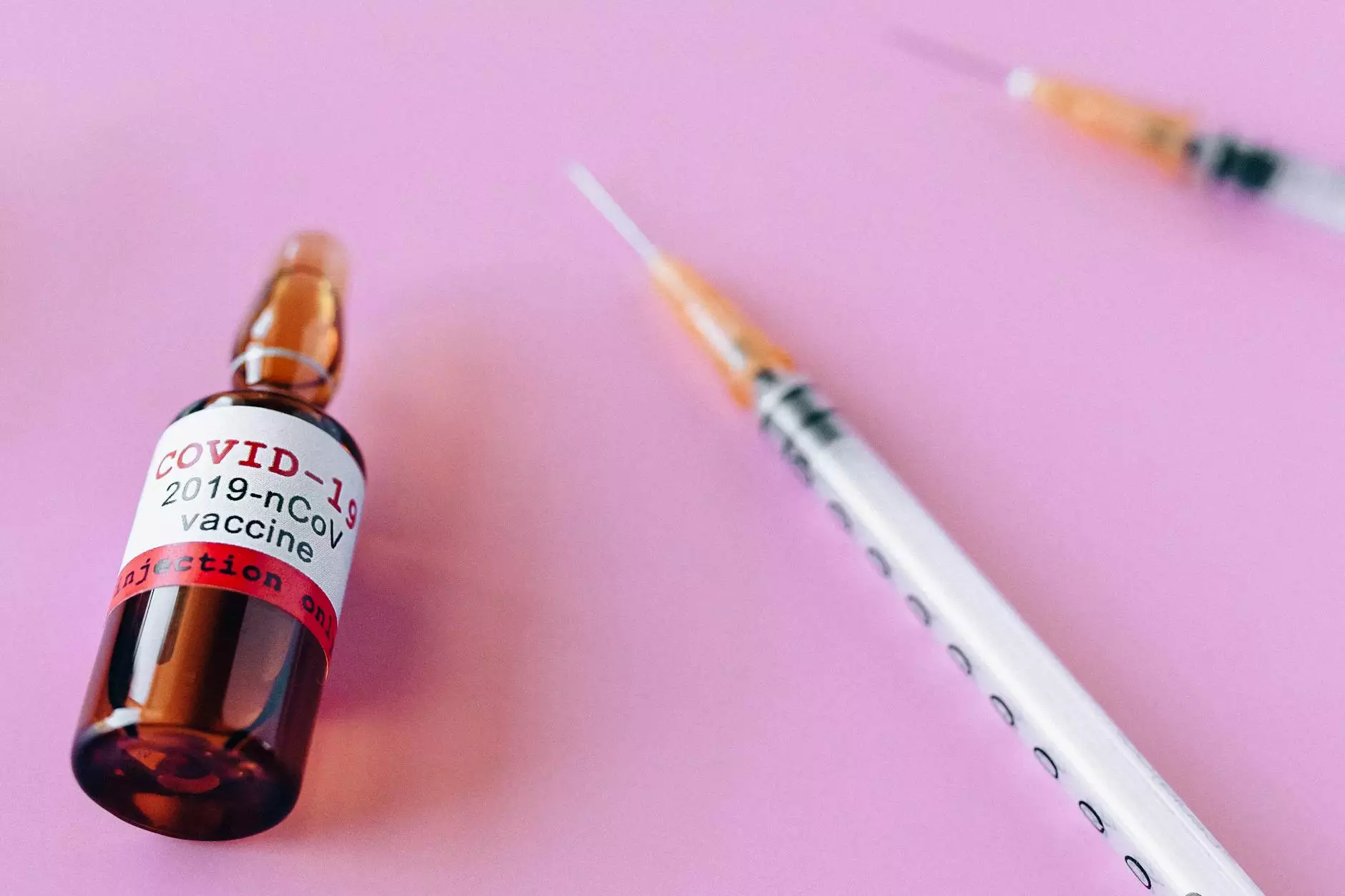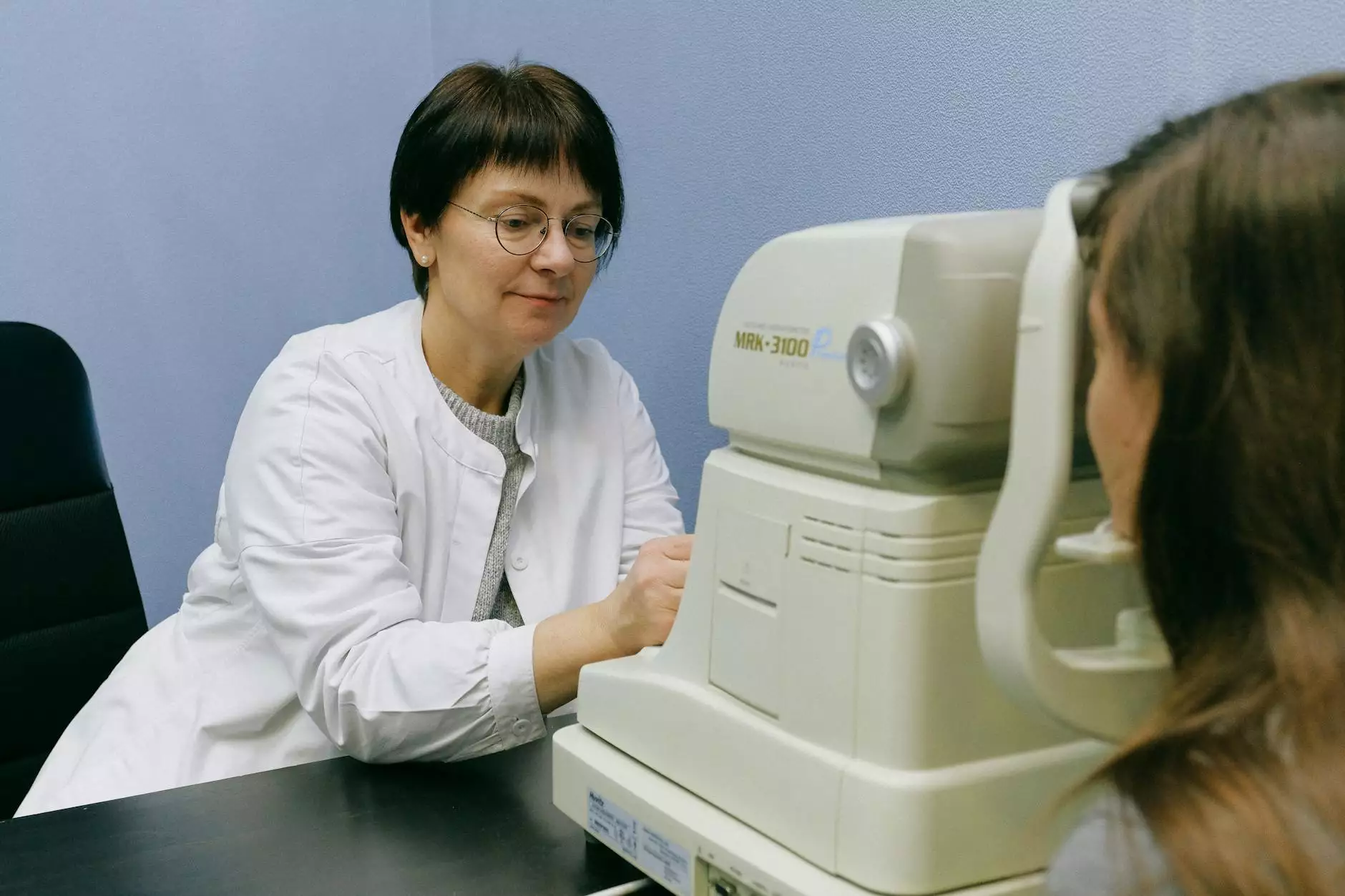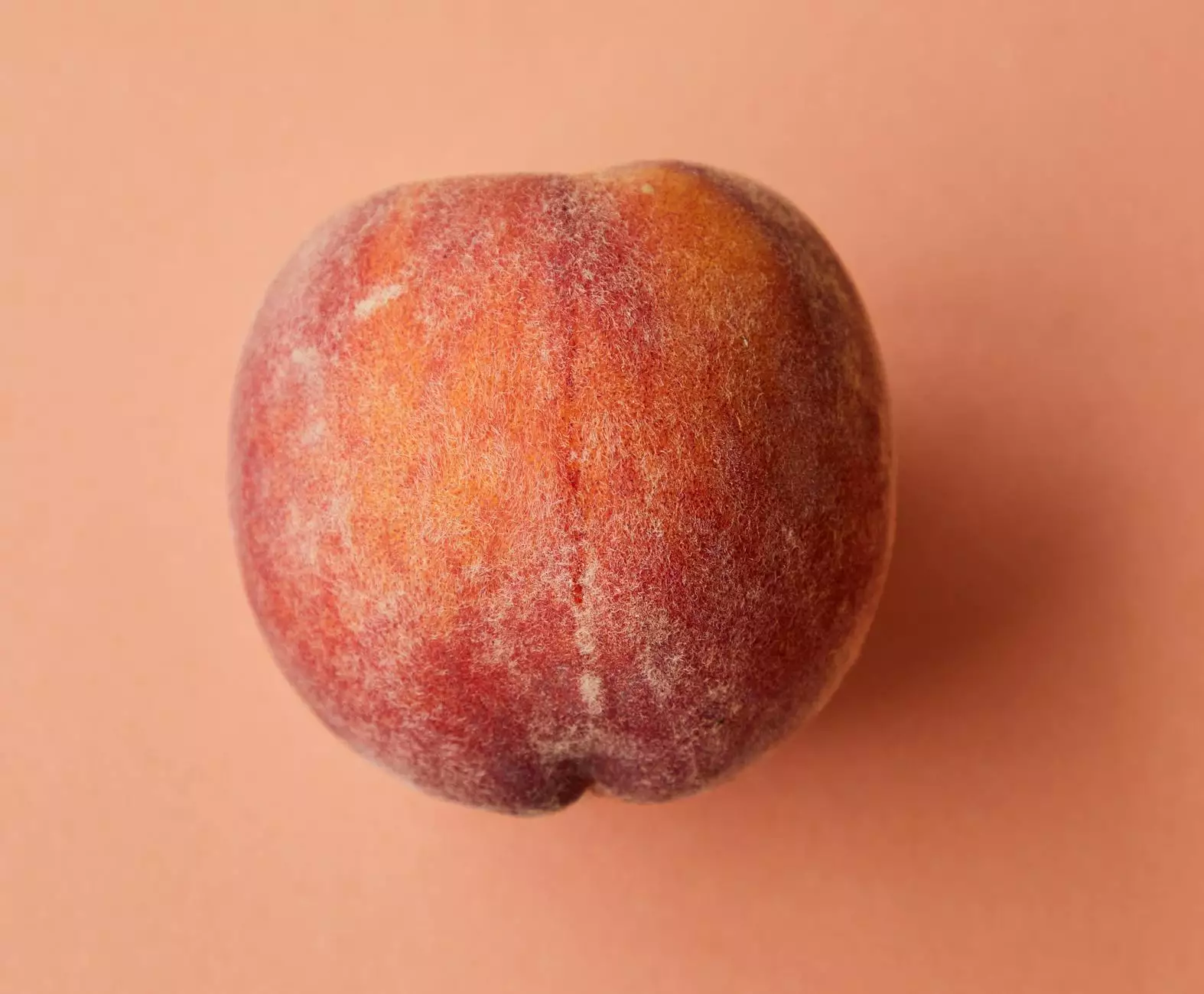Physical Therapy, Nutrition, NSAIDs, Creams, Surgeries, Medical Devices Target Forms of Arthritis, Experts Say (2 of 3)
Physical Therapy
Introduction
Welcome to Medical Arts Alliance, your trusted source for comprehensive information on managing and treating different forms of arthritis. In this article, we will explore various strategies that experts recommend for alleviating pain and improving the quality of life for individuals living with arthritis.
Physical Therapy
Physical therapy plays a crucial role in the overall management of arthritis. Through a combination of exercises, manual therapy, and education, physical therapists help patients reduce pain, increase joint mobility, and improve muscle strength. These targeted interventions not only alleviate symptoms but also enhance functional ability, allowing individuals with arthritis to regain control over their daily activities.
Nutrition and Arthritis
Proper nutrition is vital for individuals with arthritis as certain foods can either aggravate or alleviate symptoms. A balanced diet rich in fruits, vegetables, whole grains, lean proteins, and healthy fats can help reduce inflammation and support joint health. Furthermore, incorporating omega-3 fatty acids, found in fish, flaxseeds, and walnuts, can provide additional anti-inflammatory benefits. Consult a registered dietitian to create a personalized nutrition plan tailored to your specific needs.
NSAIDs for Arthritis
Nonsteroidal anti-inflammatory drugs (NSAIDs) are commonly prescribed medications for managing arthritis-related pain and inflammation. NSAIDs work by reducing the production of prostaglandins, which are responsible for pain and inflammation. These medications can be obtained over the counter or through a prescription, depending on the severity of the symptoms. However, it's essential to consult a healthcare professional before starting any medication regimen to ensure it is appropriate for your condition.
Topical Creams and Arthritis
Topical creams, gels, and ointments are another option for relieving localized arthritis pain. These products often contain ingredients such as capsaicin, menthol, or salicylates, which help alleviate pain and reduce inflammation when applied to the affected area. Topical treatments offer a non-invasive approach and can be used in conjunction with other treatment modalities for enhanced relief.
Surgical Interventions
When non-surgical interventions fail to provide sufficient relief, surgical options may be considered. Arthroscopy, joint replacement, or joint fusion surgeries are often recommended for severe cases where joint damage is extensive. Surgical interventions aim to alleviate pain, improve joint function, and enhance overall quality of life. Consult with an experienced orthopedic surgeon to determine the most suitable surgical approach for your specific condition.
Medical Devices for Arthritis
In addition to therapy, medications, and surgery, various medical devices can provide additional support and pain relief for individuals with arthritis. These devices include braces, splints, assistive devices, and mobility aids. By providing stability, reducing stress on joints, and improving mobility, medical devices offer significant benefits in managing arthritis symptoms.
Conclusion
In conclusion, managing and treating arthritis requires a comprehensive approach that involves physical therapy, proper nutrition, medical interventions, and lifestyle modifications. By combining these strategies, individuals with arthritis can improve their quality of life, reduce pain, and regain functionality. Remember to consult with healthcare professionals and experts in the field to develop personalized treatment plans that address your specific needs. At Medical Arts Alliance, we are dedicated to providing you with reliable information and support to help you navigate the challenges of arthritis. Stay proactive, and take control of your arthritis management today!










